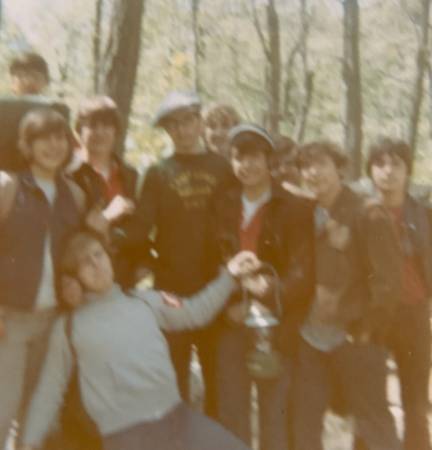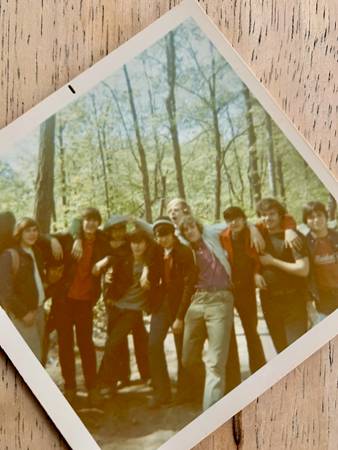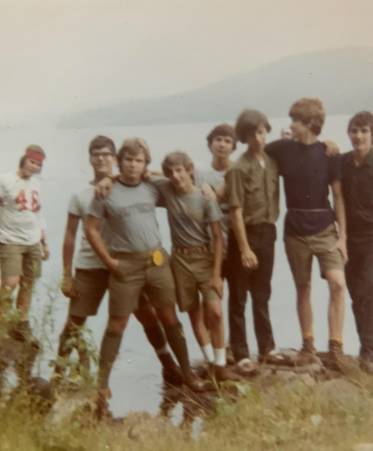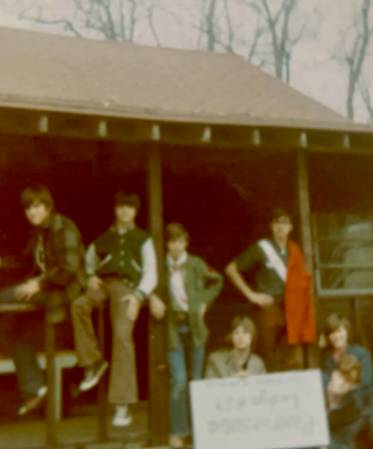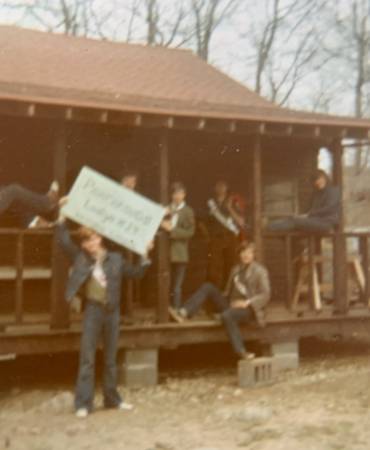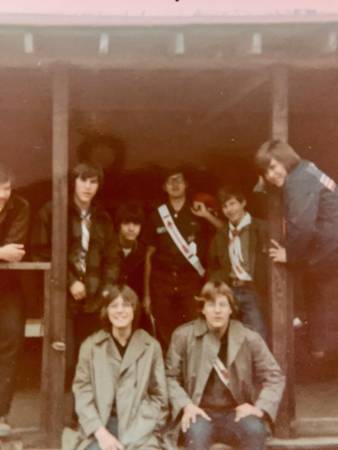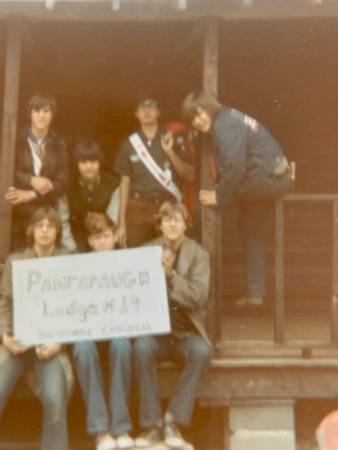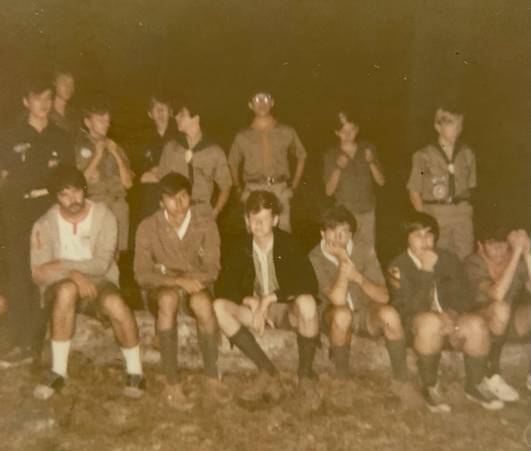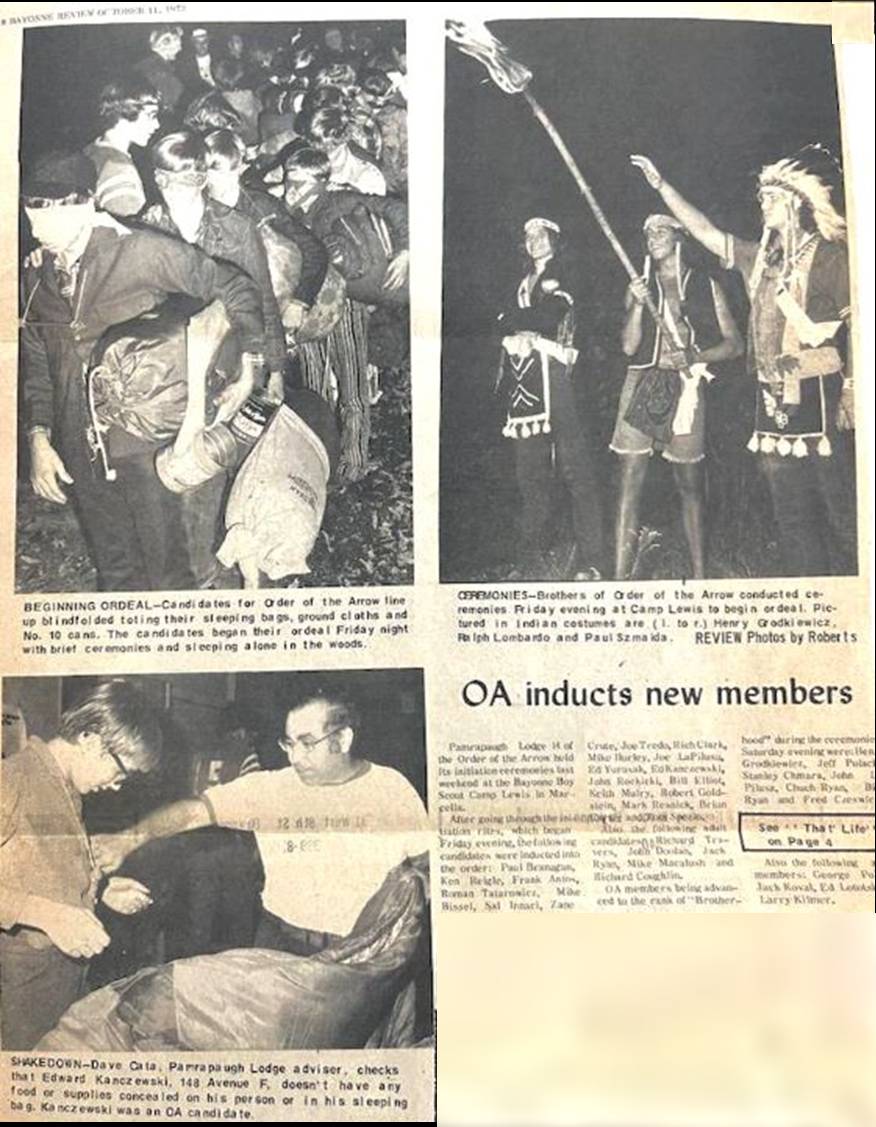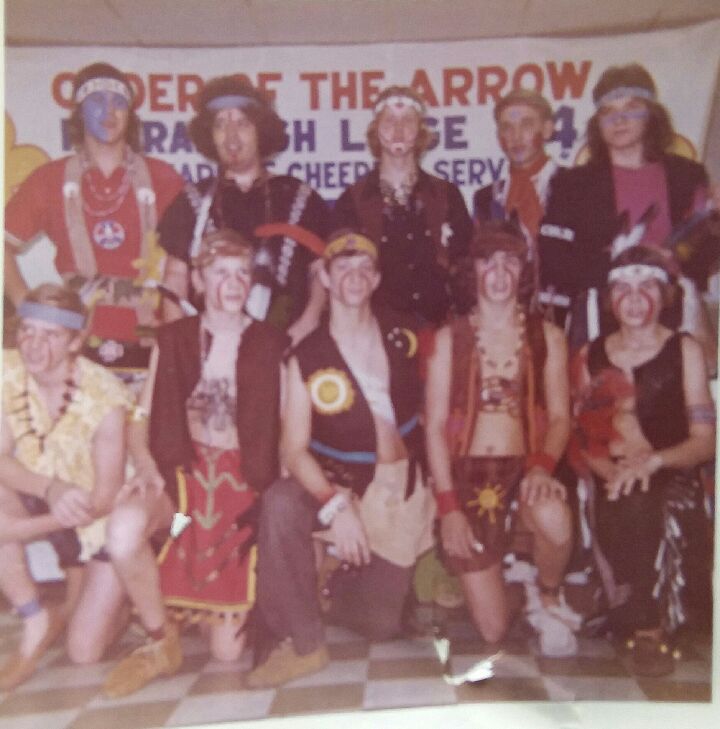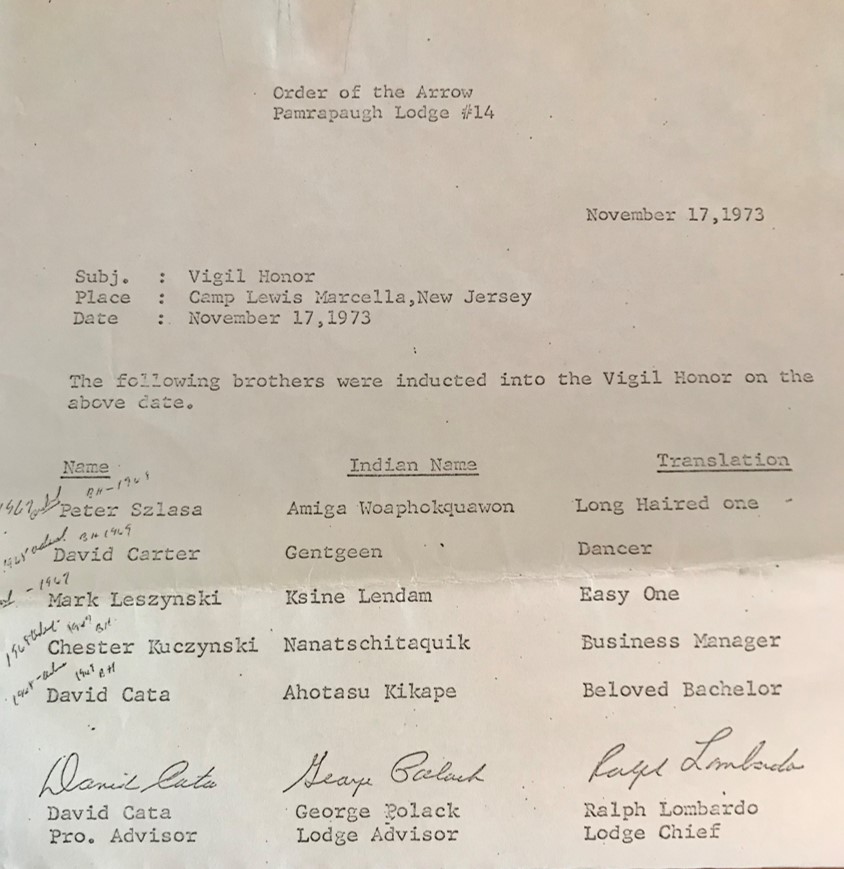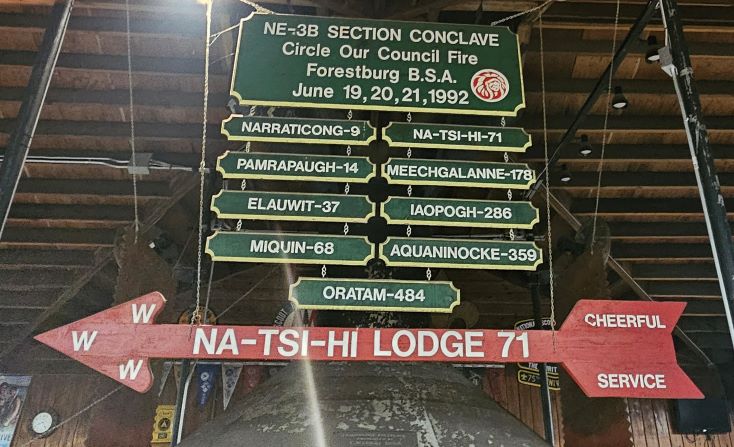Read More
Original Charter Members
By 1921, as the popularity of the OA program spread to other camps, Goodman and Edson sought to organize the various lodges as a national organization. On Oct 7 and 8 of that year a Grand Lodge Meeting was held in Philadelphia and was attended by 8 of the 11 known lodges at the time. Among them was Bayonne’s Pamrapaugh Lodge. At this meeting Pamrapaugh Lodge became the tenth lodge in the Order of the Arrow.
Lodge Numbering
Prior to 1926, listings of lodges kept by the Grand Lodge were typically alphabetical or loosely related to the order that the lodges originally applied for charter. In 1926, in an effort to better manage the growing number of lodges, the decision was made to give each lodge a unique number. So the Grand Lodge retroactively assigned official numbers to the lodges.
Something Funny Happened
As the lodge numbers were being assigned, some clerical recordkeeping errors occurred. The most notable of such errors was that for Bayonne’s Pamrapaugh Lodge. Although this lodge was one of the original eleven charter lodges, it was assigned number 14 instead of its rightful placement as number ten. In its place, Wawonaissa Lodge of Fanwood, New Jersey, was erroneously given that number.
For the Record
Following the initial lodge numbering in 1926, the original eleven charter members were listed as follows:
- Unami, Lodge 1, Philadelphia Council formed in 1915.
- Trenton, Lodge 2. This lodge would later be known as Sanhican Lodge and was formed in 1919.
- Pamunkey, Lodge 3, formed in 1919, located in Richmond, VA. This lodge did not attend the 1921 Grand Lodge meeting and would disband and use a different fraternal society and then re-chartered as Nawakwa Lodge.
- Ranachqua, Lodge 4, formed in 1920, located in Bronx, NY
- Indiandale, Lodge 5, formed in 1921, located in Reading, PA. This lodge would change its name to Minsi Lodge in 1922.
- Umpah, Lodge 6, formed in 1921, located in Uniontown City, PA. This lodge would change its name to Wagion.
- Moqua, Lodge 7, formed in 1921 at Owasippe Scout Reservation of the Chicago Council. This lodge would merge with the four other Chicago lodges to form Owasippe Lodge in 1929.
- Unalachtigo, Lodge 8, formed in 1921 at Camp Biddle, a Lone Scout camp for Philadelphia Council.
- Cowaw, Lodge 9, formed in 1921, chartered in 1922 in Perth Amboy, NJ.
- Wawonaissa, Lodge 10, formed in 1921 in Fanwood, NJ.
- Pamrapaugh, Lodge 14, formed and chartered in 1921 located in Bayonne, NJ.
Pamrapaugh - A Lodge by Any Other Name
The name Pamrapaugh - or Pamrapo - or Pemmerpough - has its origins from the Native word Pemapuchk, which means "big rocks.”
In the 1600s, Pemmerpough was applied to the section of Bayonne between the Morris Canal and 33rd Street. No doubt the Natives - mainly the Lenni-Lenape Tribe - were referring to the massive rocks on which a great portion of Bayonne and the Greenville section of Jersey City rest, and which was most visible in the vicinity of the Morris Canal.
The "big rocks" were a large basalt outcrop and have long since been removed, but remnants are still visible today, most notably along Bayonne’s John F. Kennedy Boulevard at the city line in current day Mercer Park.
Sources and Related Articles
